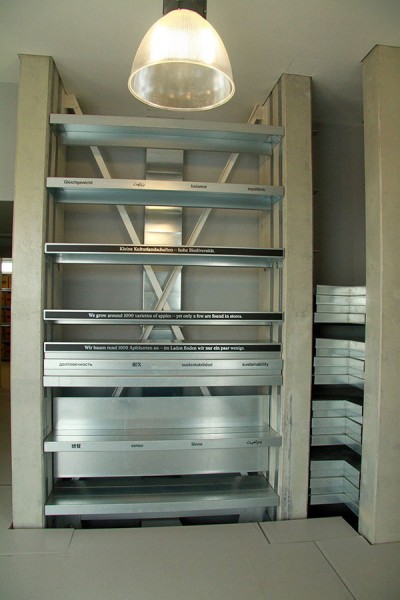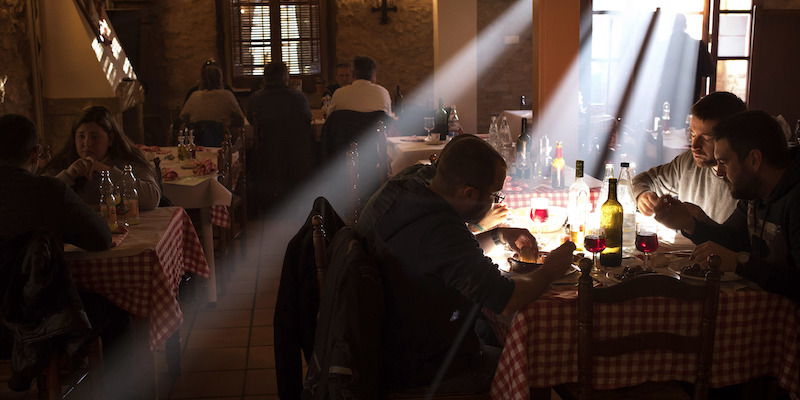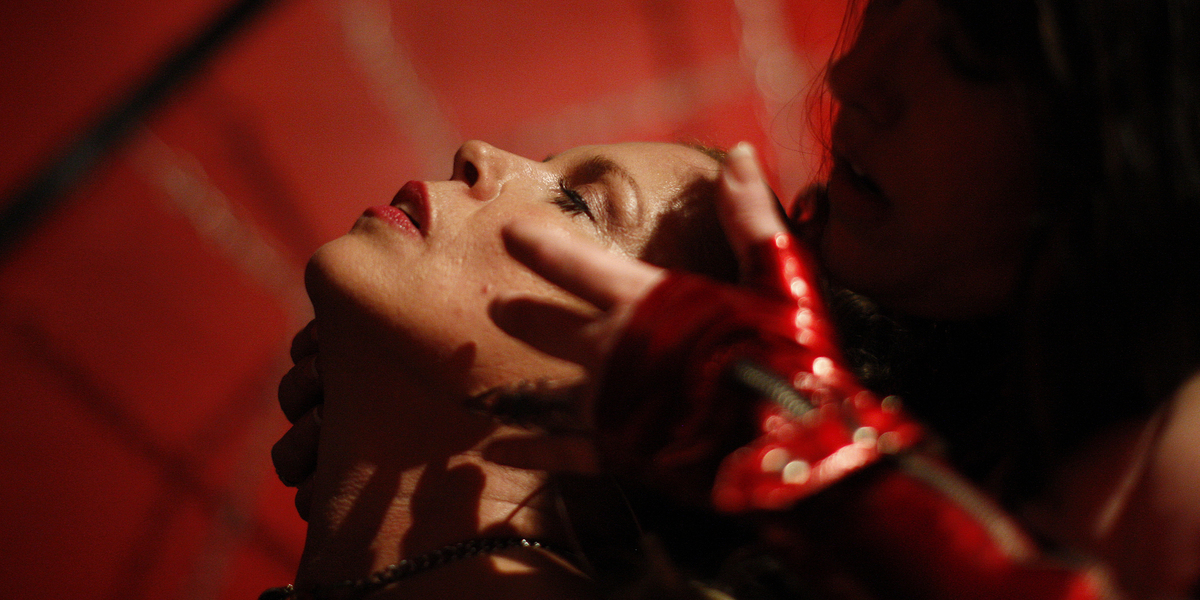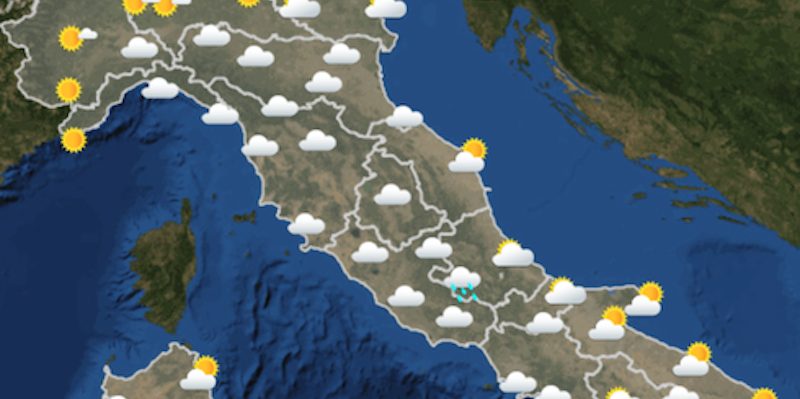The ten best pavilions to visit at EXPO 2015
A top ten list of the best things of EXPO 2015 and why they are worth a visit
di Marta Cantoni – Martolaspis
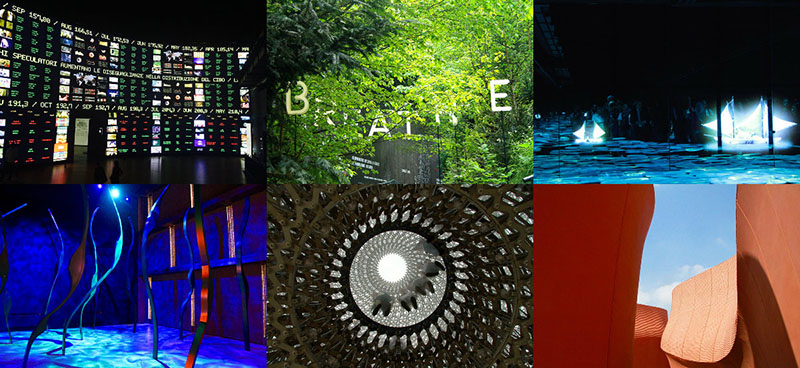
altre
foto
When you get at Expo for the first time, it’s normal to feel a little bit confused: the place is really huge, there are too many pavilions and potentially lots of things to see: to visit them all in one day is just impossible. So the question is: where do I start? This is a brief guide for those who have not been at Expo yet and want to understand what is really a must-see; but also for those who have already been at it and want to find out if they skipped anything important. The ten pavilions recommended below are not in order of importance. Ten in a day, because it’s difficult to see more: long queues are frequent and the pavilions included in this list are among the most crowded.
Austria’s Pavilion:
It’s a forest, basically. The perceived temperature changes from that on the Decumano, the main road that goes through Expo: is about 5 degrees less. There is no air conditioning: the temperature is lowered by the natural cooling effect of plants in the forest, which produce 62.5 kilograms of oxygen per hour. It’s a perfect way to get away from the chaos of Expo and relax among plants as the panel lights “Nature Reloaded” and “We Grow Air” suggest.
Switzerland’s Pavilion:
Do not expect a pavilion lovely to look at. The architecture is one of the simplest and less captivating of Expo. But it is the one that had the best idea, probably: there are four towers filled with food that visitors can take, as much as they want, but if they take too much nothing will remain for those who come after during the exhibition. A metaphor that tells the message of Expo in a simple but very direct way.
Morocco’s Pavilion:
One of the nicest surprises among all the pavilions: it may not seem much from the outside, but is a must stopover. The pavilion explains very well the profound differences between the various areas of Morocco: is based on olfaction and perception of the temperature by the visitors – a fresh entrance, dedicated to the Mediterranean, and a hot output, dedicated to the Great South of the country – and it has very scenic installations. At the exit you can buy a glass of mint tea, good and refreshing.
Japan’s Pavilion:
It is one of the most technological of Expo – there is, for example, a dark room which is illuminated by lights and has images projected on the walls, which are formed by mirrors (through a new technology called “projection mapping”), in which is re-created a very scenographic environment typical of Japanese rice fields – but it does not forget the local tradition. The final show (“restaurant of the future”) is a little kitsch: entertains children, but can be fun for adults too.
United Kingdom’s Pavilion:
In practice is a non-pavilion, as it is only formed by a steel frame and an open-air entrance that explains the meaning of the project. But it is definitely a non-pavilion very nice to see, with its 170 thousands different pieces that have been transported separately from the UK to Italy before being assembled in Expo. You can do a lot of photos, it’s perfect for Instagram, and it proposes a solution of sustainable housing for the future, inspired by the hives.
South Korea’s Pavilion:
It focuses on our wrong eating habits – at the entrance you can see installations focused on obesity and excessive consumption of canned food – and has a beautiful wall covered with names of the most famous dishes in the world. There are two robots showing – on one screen each – vegetables and healthy foods that we should eat to stay healthy. It is worth tasting the “kimchi”, one of the main foods of Korea, made from fermented vegetables and spices.
Brazil’s Pavilion:
Well, the pavilion itself is not very good inside: there are some interesting installations and just a few more things. But the net at the entrance is one of the most appealing attractions, for both children and adults. The walk on the net suspended over the typical Brazilian plants should symbolize the variety of traditions, landscapes, cultures and foods that characterizes the country, but above all it’s fun.
United Arab Emirates’ Pavilion:
There is a 3D video that explains how the experiences of past generations are also very important today. There is a room dedicated to the upcoming Expo which will be held in Dubai in 2020. But the best thing is the walk inside the pavilion, it just feels like walking in the desert: If you look up you see the sky which contrasts with the red brick of the walls, the shape of which is true-dunes-alike. They used 3D scans to make it.
Zero:
It is the first pavilion for those arriving at Expo from the West entrance (the one from the subway) and it should be the first to visit, to get into the spirit of the event: there is a journey through the history of food, from the beginning till today. The fake library, just as visitors enter the pavilion, is very impressive: it symbolizes the memory of humanity on nutrition. Then there is a wall with panels containing all the major seeds of the world. And an impressive “digital wall” that collects fluctuations in values of foods, just like a stock exchange.
Angola’s Pavilion:
First of all, it is nice to find out that Angola is able to finance a pavilion so beautiful (nearly all African countries have opted for an almost anonymous mini pavilion, in the thematic cluster) because in the last ten years has had a very strong economic growth, mainly based on oil and diamonds. Besides the beautiful installations contained inside, which explain the culture and nutrition in Angola, it is worth entering this pavilion for the roof, the highest of Expo, where you can admire the sight of the Decumano.
